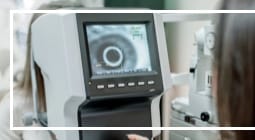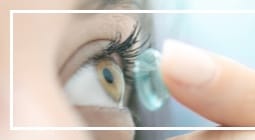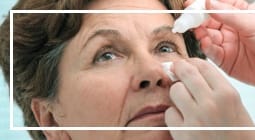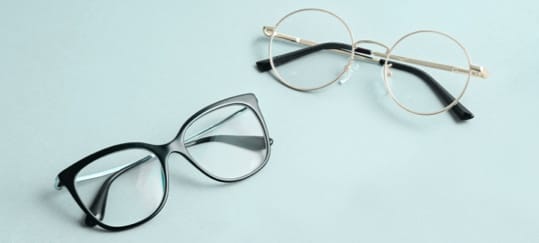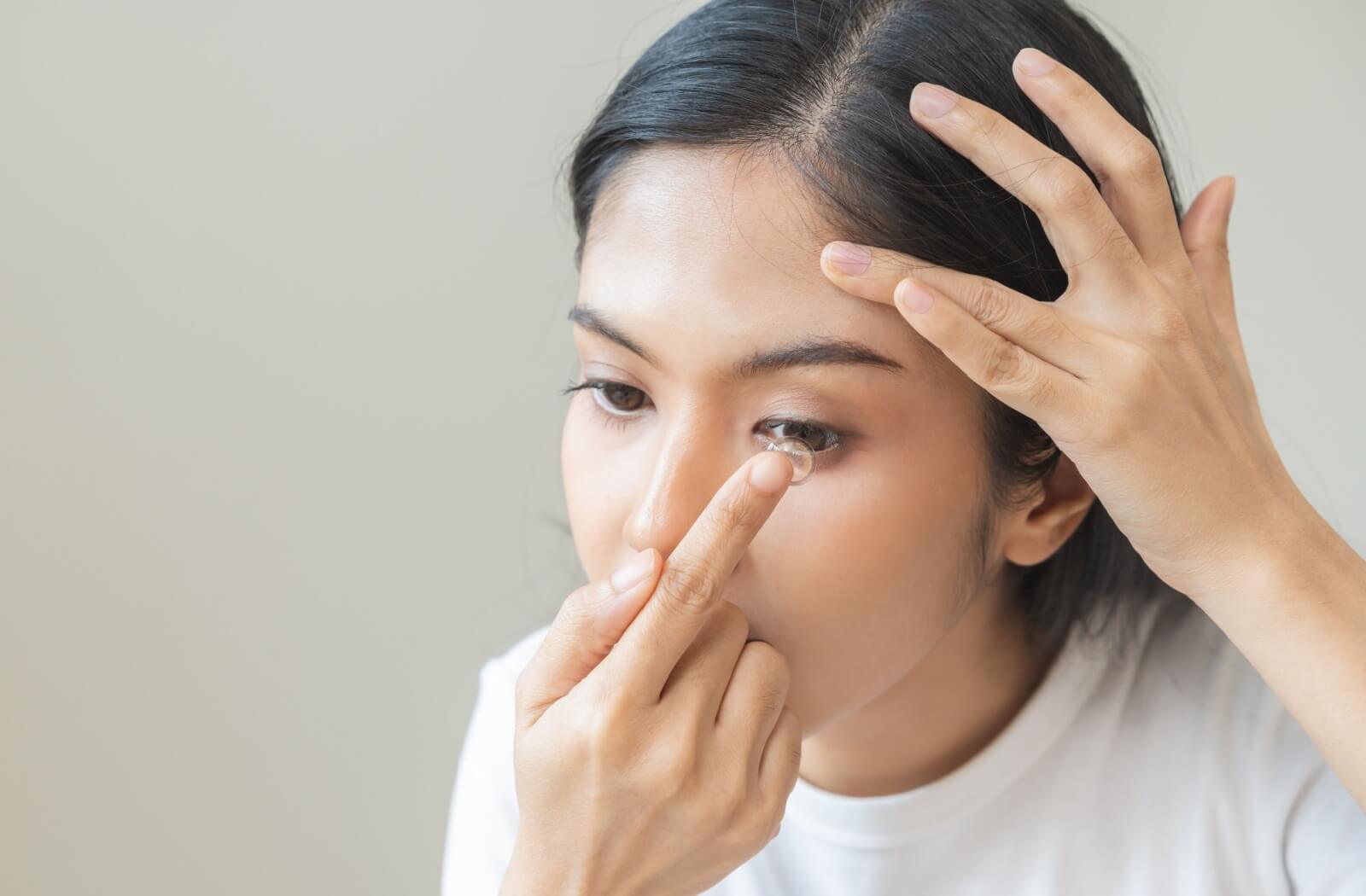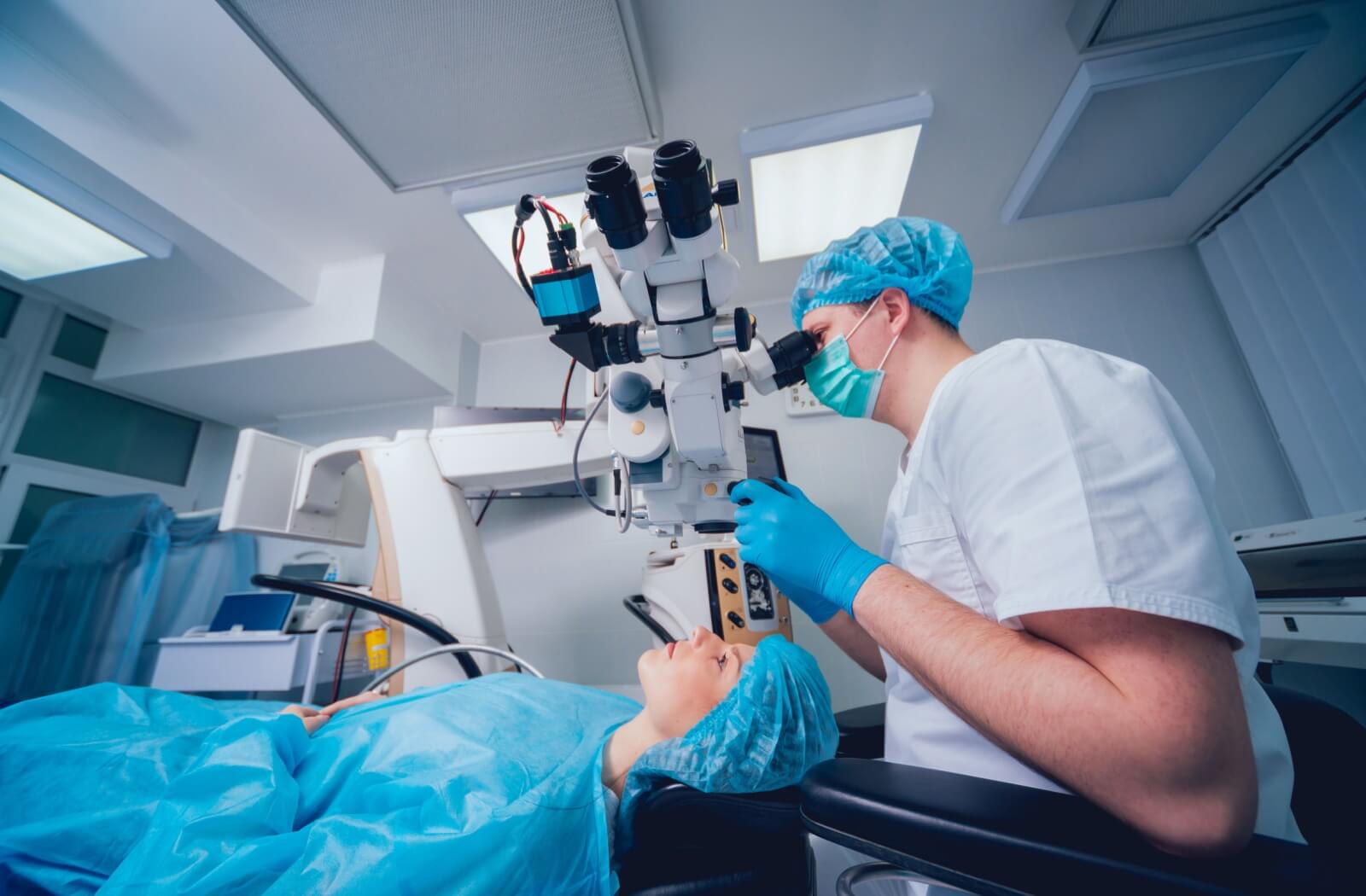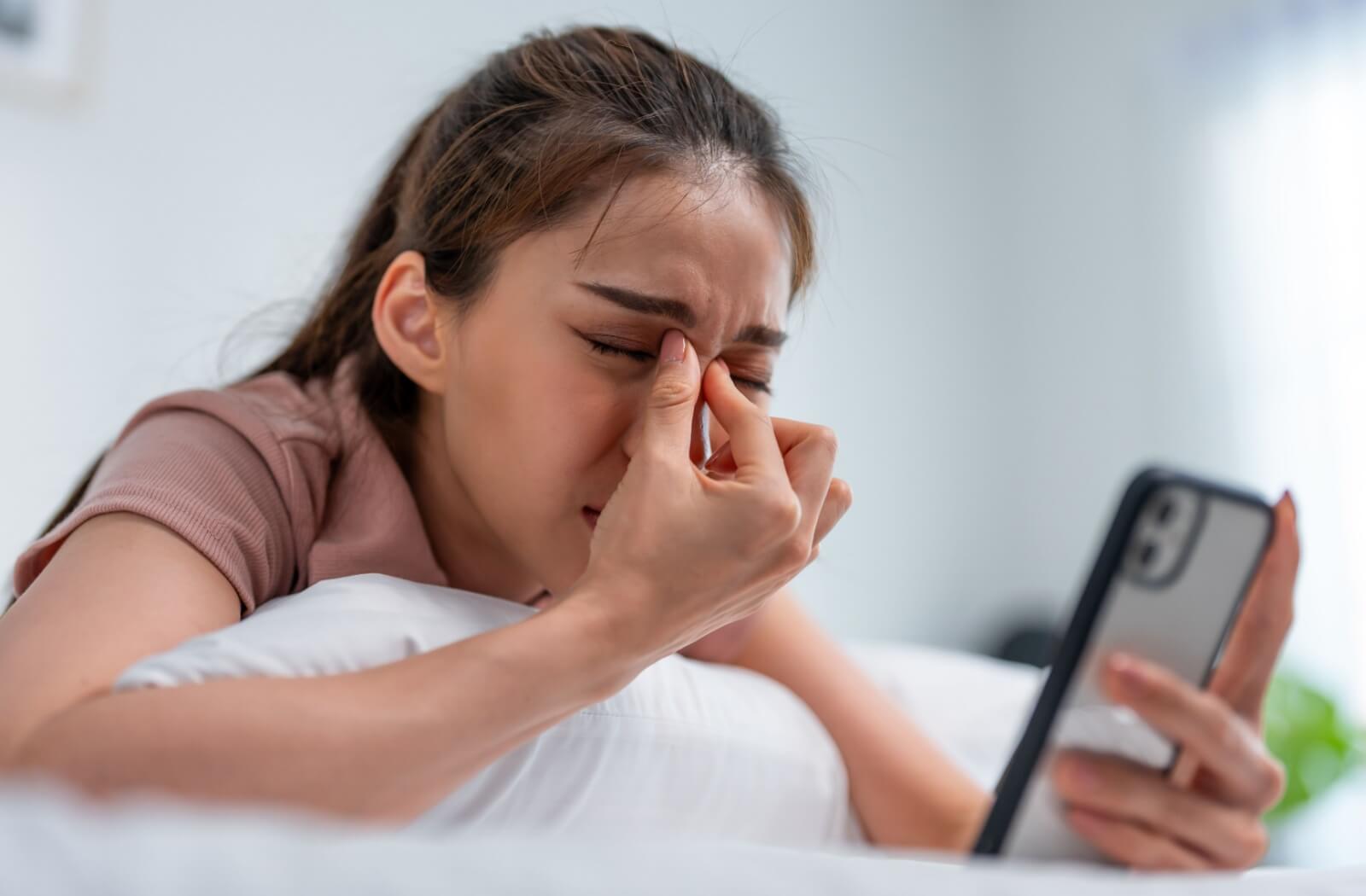Common Causes
We have important muscles in our eyes that allow us to focus at different distances. When reading from a digital screen or TV, our eye muscles have to work hard for an extended period. This eventually causes strain in the muscles, which we feel as discomfort around the eye.
An incorrect or outdated prescription can lead to squinting and straining to see the screens in front of you. Make sure that your glasses or contacts are up-to-date with annual eye exams.
Symptoms
Try to notice a pattern if your vision feels strained throughout the week. Your discomfort could be related to overexposure to screens. The following symptoms can characterize digital eye strain:
- Dry eyes
- Headaches
- Eye fatigue
- Blurred vision
- Neck pain




